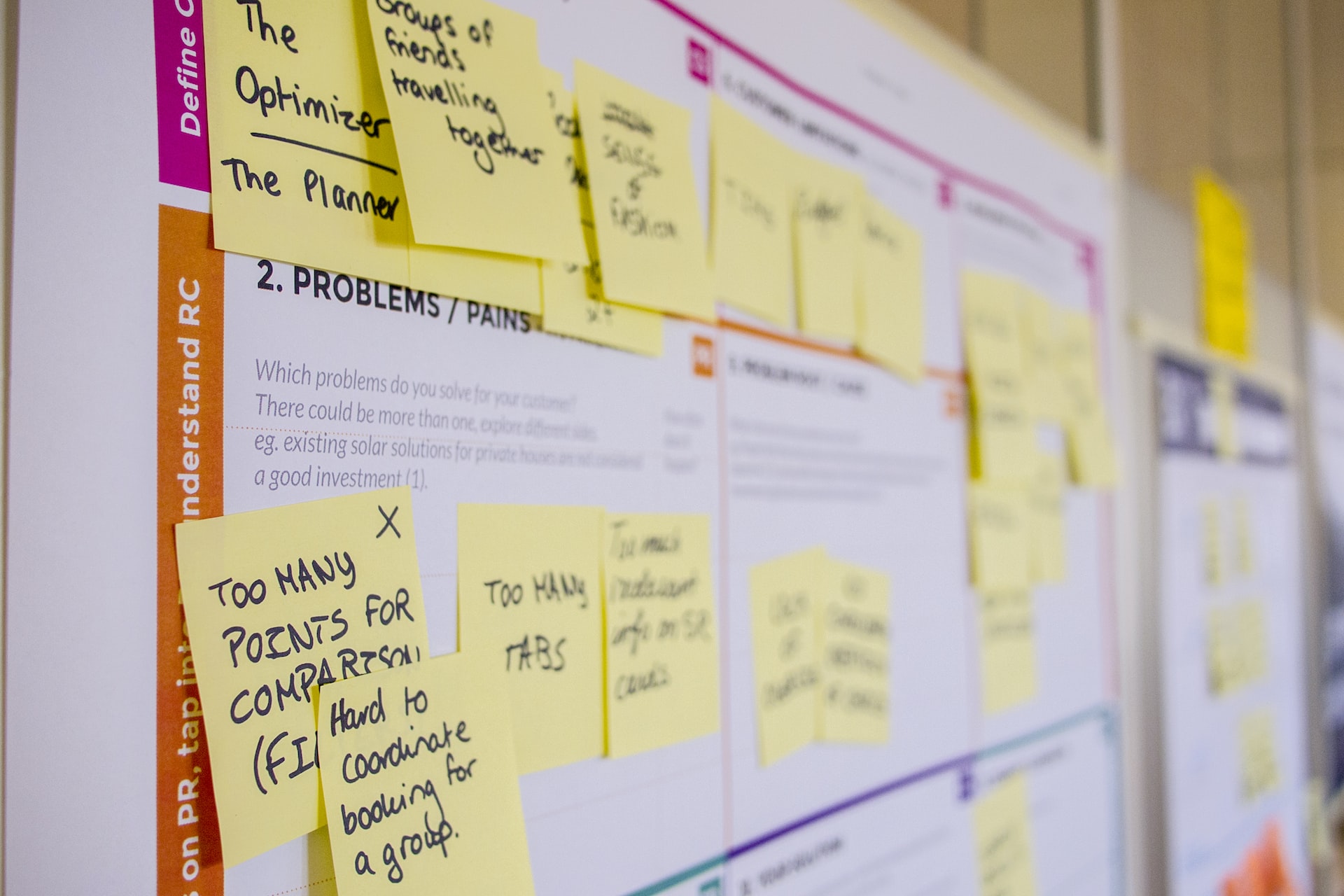So you’ve created your minimal viable product (MVP), launched it into the world and picked up a couple of hundred users – congratulations! Now what?
By picking up users, you’ve proved that there is a gap in the market and demand for your MVP, so customer numbers are likely to grow. If that’s the case, then this is the time to start thinking seriously about revenue and scaling up.
Counting the costs
This is the point at which you really need to dig down into the finances and ask yourself some searching questions. There’s no point in being anything other than realistic and conservative at this stage, because thinking too big could still mean overstretching yourself. To start, when you first set out to build this MVP, what was your original revenue model and is it still viable?
You need to think about how many users you will need to break even, and that might mean testing out some different pricing strategies – will you need people to pay as they go, make rolling monthly payments or take out annual subscriptions? Different pricing models will suit different groups of users, so get to know them better and figure out which payment structure suits both them and you.
As well as considering revenue, there’s also the tech to think about. What sort of tech are you using at the moment and will it scale up to meet increasing demand? If your ecommerce website is currently linking to MailChimp, will that still work if you have thousands of customers? And should you be thinking about Hubspot and Salesforce? Try to look at the tech you currently rely on from every angle and analyse where it might fall short as your business grows, so you can start adapting now in anticipation of higher demand.
Embrace the learning curve
Nobody launches a product and has an easy journey, and there will always be hitches and setbacks. The key is to learn from them. Never forget that you’re constantly learning, and that means listening to other people and taking on their feedback, the bad as well as the good. This is where really getting to know your customers comes in.
Reaching out to people can feel a bit awkward in the beginning, but you need to push past the uncomfortable feeling. Whether you speak to them in person, over the phone or via Zoom, ask them the most pertinent questions and you’ll gain really valuable insight into what is and isn’t working with your MVP.
You want to know what pain points they have experienced and how your product might help them overcome them, but you also want to understand them as individuals. Knowing about their background, their occupation, their day to day life will all help you work out how your product might fit in with their lifestyle. Knowing how your product is working for them (or not) will only help you improve upon that basic model you have launched.
Get people involved
Nine times out of ten, people will be more than happy to provide their feedback and flattered that they were asked. All feedback is good. Negative feedback may even be better for you than positive, difficult as it might be to hear. Taking those comments on the chin and learning from them will drive your product forward, helping you to improve the customer experience.
Getting users to vote on your roadmap means they feel more invested in the future of your product and business. For example, ClickUp allows users to vote on the features to develop next, so it allows customers to help set the agenda.
You could also send out regular customer surveys. A product market fit (PMF) survey is a quick way of finding out if your product has the traction you need to take the next steps, by asking one simple question: How would you feel if you could no longer use this product? If more than 40% of people say they would be disappointed, then you know you’re on safe ground.
There is no end in sight
Product development never ends. Market needs and market forces are ever-changing, and every day is an opportunity to learn and to make adjustments to your product. What suited the customer yesterday won’t necessarily be what they want and require tomorrow, so flexibility is absolutely critical and you need to change with the times.
Zoom is a prime example of this. When the pandemic struck, video calling was in its infancy and notoriously unreliable. As more people took to online video calling, Zoom was quick to adapt to the changing situation and partnered with Oracle Cloud to address people’s concerns about security and privacy. They also adapted by educating their users, prioritising schools so classrooms could go online and teaching people about how best to use Zoom for family ‘get-togethers’ or for workplace meetings.
You will rarely find a ‘final product’, and even well-established products evolve and change with the market. After all, firm family favourites such as Cadbury’s chocolate or baked beans tweak age-old recipes now and then, to accommodate customer feedback or reduce salt and sugar in line with public demand.
Since there is no finished article and no end to development in sight, it pays to be open-minded, flexible and willing to adapt. The more you listen and act on what you hear, the more successful your MVP will be as you take it to the next level.
